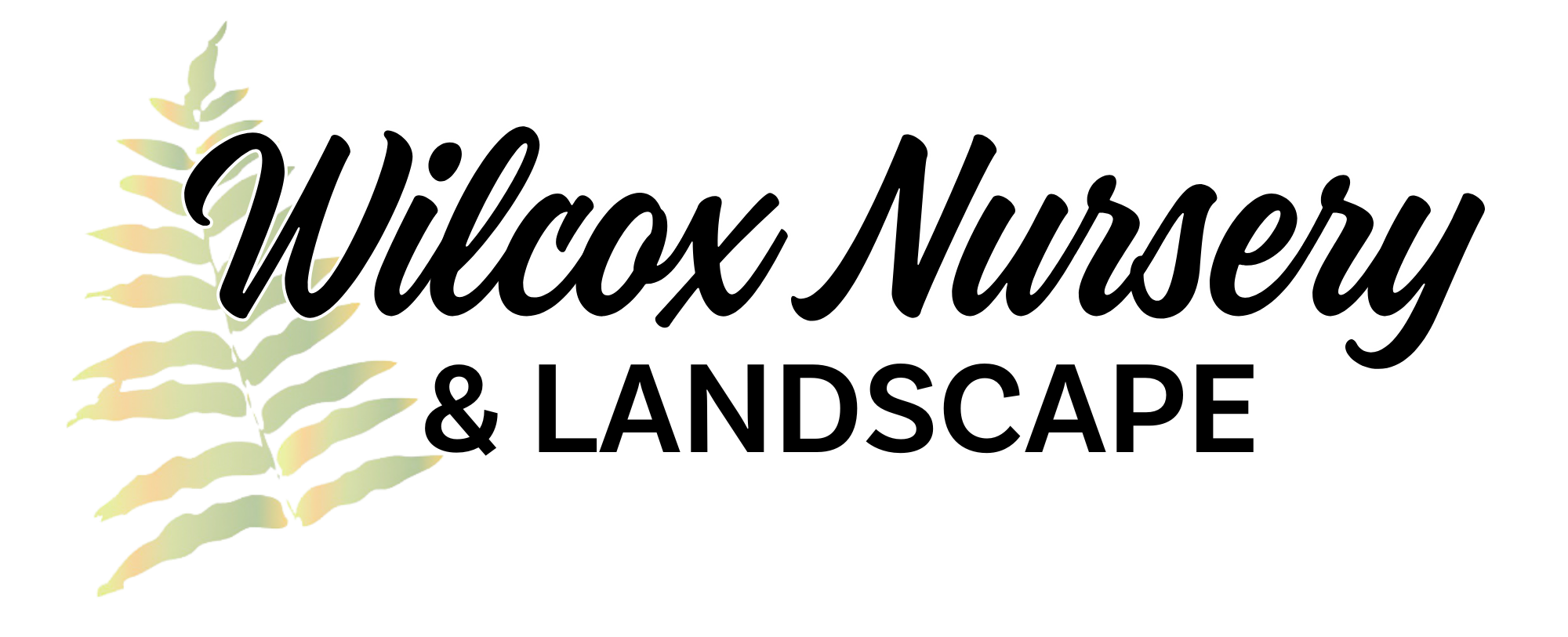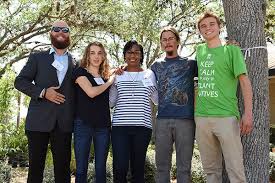Our gardens can be a living landscape full of varied plants and trees that act as a refuge for birds, mammals and insects. Large or small, all gardens are crucial in giving nature a helping hand. By making clever choices for your gardens, borders and herb patches and creating a safe chemical-free space for wildlife and pollinators you can contribute to the whole food chain. Besides being an unending source of beauty for all seasons, a wildlife garden can be effective as a safe haven for everything from beetles, birds, bees, to butterflies.
Common Threats and Stressors To Wildlife And Pollinators
There has been a drastic decline in the pollinator population all over the world mainly due to habitat loss, parasites, invasive species, use of pesticides and genetically engineered crops.
The extensive use of pesticides and herbicides poison beneficial insects and reduces larval food sources for butterflies resulting in a serious threat to wildlife. So try removing individual pests by hand, wherever possible, and encourage native predators with a diverse garden habitat.
Research studies have shown that systemic insecticides affect pollen and nectar because it contains neonicotinoids that have long-term residual activity. It consequently results in poisoning the pollinators and therefore should be avoided.
Invasive plant species also have a massive impact on wildlife. Native plants in meadows and the wild are being crowded out by alien species. This is curbing plant diversity, which is important for attracting wildlife and pollinators.
Moreover natural areas are also shrinking due to continuous urban development. So habitats are increasingly becoming more fragmented and sparse, which makes it even more difficult for pollinators to find necessary sources of nectar and pollen within the range of their ability to forage.
Things To Do To Encourage Wildlife And Pollinator Diversity
What are some of the simple things you can do to ensure your backyard wildlife garden is a success?
The most important aspect of attracting wildlife and pollinators to your property is to create an effective wildlife habitat by providing the basic resources necessary for them- food, shelter, water, and reproductive areas, within the space you own. Having a layered habitat, with a canopy of mature trees, spread of leafy small trees, shrubs, annuals, and perennials, and open spaces bordered by thickets, meadows, or wood helps create the ideal environment for wildlife to gather.
Add Variety
When it comes to designing a wildlife garden, variety is indeed the spice of life! You are likely to attract a greater diversity of wildlife and pollinators, the more habitats you have in your garden. Each wildlife species has unique needs for food and cover from one season to the next so a mix of plant species (both woody and herbaceous) can help attract and maintain a wide variety of wildlife.
Grow plants that produce a succession of blooms and fruits at different times through the growing season for a continuous source of food for different kinds of wildlife and pollinators. Besides providing a constant source of nectar and pollen for pollinators to survive, having a variety of flower colors and shapes helps attract different pollinators.
To encourage pollinator populations, you can plant species that pollinators need. For example, plants like butterfly milkweed (Asclepias tuberosa) and blazing stars (Liatris spp.) are popular in Florida pollinator gardens. But even trees are just as critical for pollinators because they supply most of the first available food for pollinators in the spring. Moreover some trees such as Oak, Willow, Birch actually support an even greater diversity of butterflies and moths than herbaceous plants. Check out NAPPC’s Pollinator Syndrome list for detailed information on the types of flowers that different pollinator groups such as hummingbirds, bees, butterflies, and more find attractive.
Plant Natives
Native plants are necessary for the sustenance of native wildlife of your region as they co-evolved. Native plants provide the perfect habitat for pollinators. Choosing native plants for your garden can help attract stunning butterflies, bees, hummingbirds and other pollinators. They serve as larval host plants for some species of pollinators. For instance, plant milkweed if you have monarch butterflies within your area so that their caterpillars have food. Check NAPPC’s Ecoregional Planting Guides for pollinator friendly plants for your garden. Contact your local nursery and garden center for information and native plant supplies for your garden.
Provide Nesting Places
Different pollinators have varied preferences for nesting sites. Many butterflies prefer laying eggs only on specific plants (host plants) that the young caterpillars eat. Like we mentioned before, monarch butterflies lay their eggs on milkweed plants. You can research online and find out more about the plants the butterfly species of your interest use.
There are 4,000 bee species native to North America and most of those don’t form hives. Rather individual female bees bore tunnels in decaying wood or sandy soil to lay their eggs. You can make sure that your garden has such nesting spots by leaving tree snags, or bare batches of sandy soil, or even by putting up native bee houses.
Ensure that you leave undisturbed ground, thickets, and even dead trees as shelter and reproductive areas for bees and butterflies. Lastly, don’t forget to provide a water source in the form of water gardens or birdbaths.

